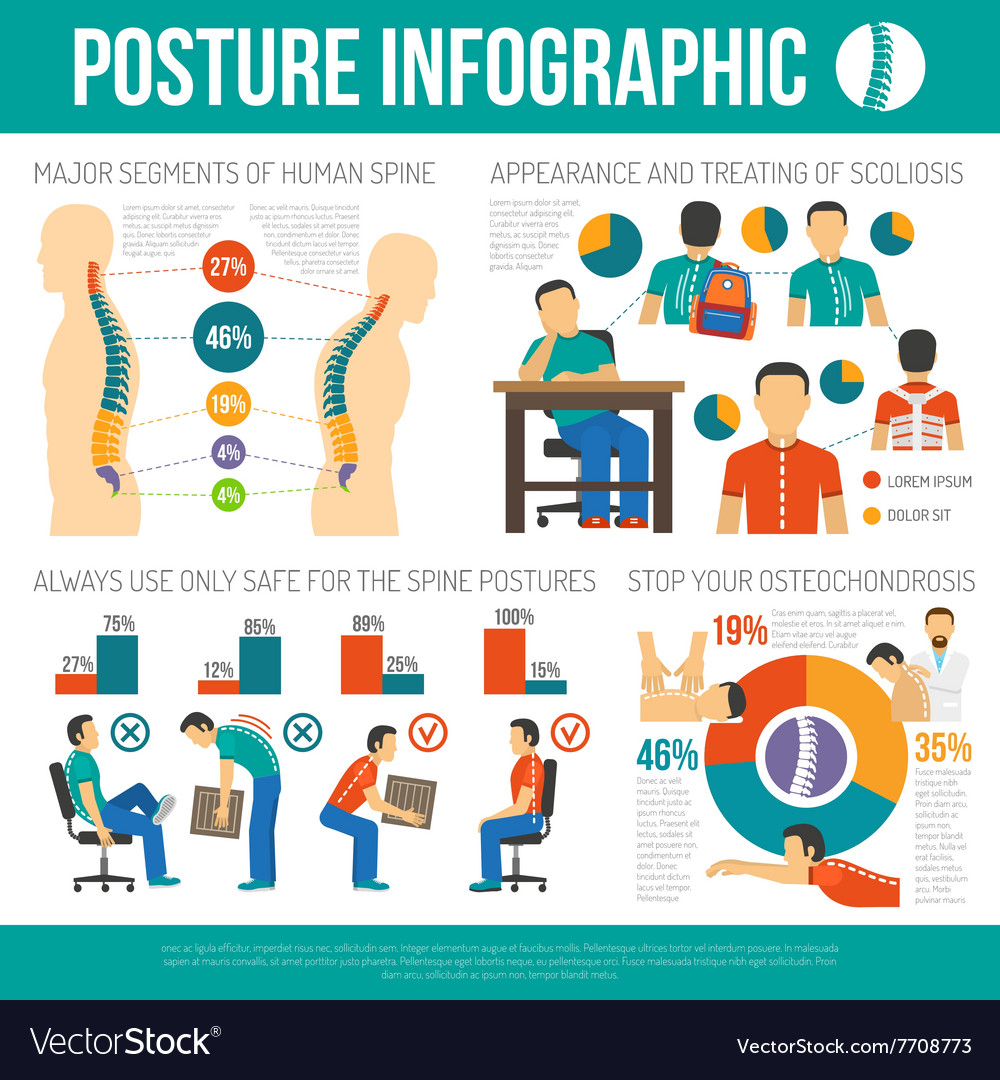Do Acupuncture Points Actually Exist? An Examination Of Meridian Theory
Do Acupuncture Points Actually Exist? An Examination Of Meridian Theory
Blog Article
Authored By-Gonzales Hampton
You may be questioning the existence of acupuncture points and their function in traditional Chinese medicine. These points, linked to meridian theory, suggest an unique system of energy circulation in the body. While historical messages lay a foundation, modern-day science offers new understandings right into their relevance. Are these old ideas suitable with contemporary understanding? The response might surprise you as we explore the crossway of tradition and contemporary study.
The Historic Roots of Acupuncture and Meridian Theory
Acupuncture, with its intricate network of meridians, has deep historical roots that trace back hundreds of years in old China.
https://www.sciencedaily.com/releases/2018/10/181001082151.htm 'll find that very early messages, like the Huangdi Neijing, laid the structure for comprehending exactly how power moves via the body. These writings presented the idea of Qi, the vital energy that flows along the meridians.
As https://backalignmentchiropractic28406.blogpixi.com/35800208/in-what-means-can-chiropractic-care-boost-your-health-and-wellness-and-overall-health-check-out-the-impressive-advantages-that-exist-in-advance-for-you explore this ancient practice, you'll uncover how professionals recognized certain points to influence health and equilibrium.
Over centuries, acupuncture developed, including various methods and approaches, yet it stayed deeply attached to its beginnings.
Scientific Point Of Views on Acupuncture Things
While many individuals still see acupuncture as an old art rooted in practice, clinical research has progressively shed light on the physiological systems behind acupuncture points.
Research studies suggest these factors might correspond to areas abundant in nerve endings, blood vessels, and connective cells. When lower back discomfort boost these points, they can trigger biochemical actions, such as the release of endorphins and other natural chemicals, which aid relieve discomfort and advertise recovery.
Imaging strategies like useful MRI have actually shown modifications in mind activity connected with acupuncture, supporting its efficacy.
While skepticism stays, growing evidence points to a possible organic basis for acupuncture, inviting more expedition into how these ancient methods can align with contemporary scientific understanding.
Integrating Ancient Practices With Modern Medicine
As even more healthcare providers recognize the value of alternative methods, integrating old methods like acupuncture with contemporary medication is ending up being progressively pertinent.
You may find that combining these methods can improve patient treatment, offering a more thorough therapy plan. By acknowledging the benefits of acupuncture-- such as pain relief and tension decrease-- you're not just addressing physical signs yet also promoting overall well-being.
This integration permits you to customize treatments to specific needs, bridging the gap between traditional knowledge and modern clinical practices. Teaming up with acupuncturists can likewise broaden your understanding and provide your people with a broader series of choices.
Ultimately, accepting this combination can cause better health end results and a more well balanced approach to healing.
Final thought
In conclusion, acupuncture factors might not fit nicely right into modern-day medical standards, yet their historical significance and emerging scientific assistance suggest they hold worth. By exploring the intersection of old practices and modern study, you can appreciate how these factors may influence health. Whether you're a skeptic or a follower, recognizing meridian theory unlocks to brand-new point of views on health and recovery, inviting you to think about the prospective advantages of acupuncture in your very own life.
